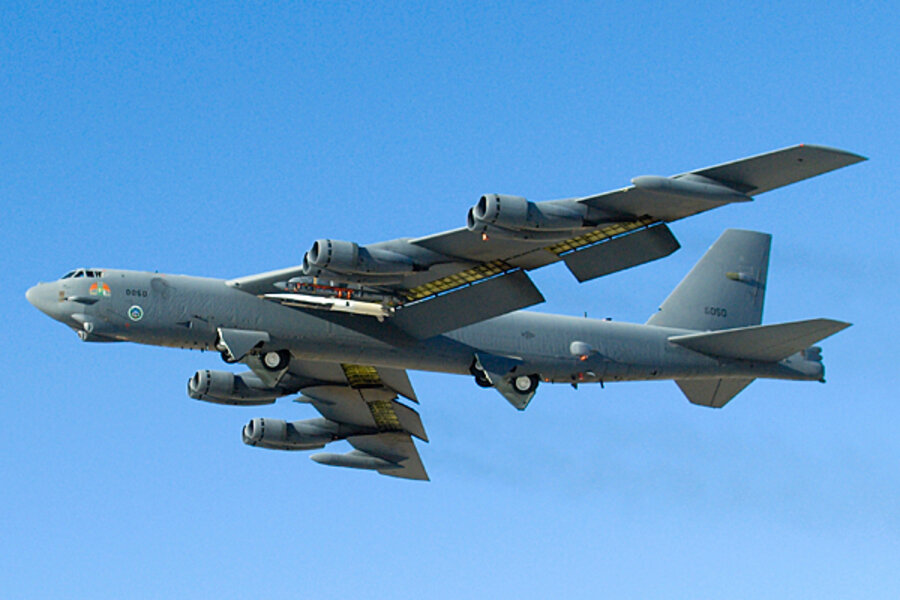Test of scramjet-powered X-51A engine [VIDEO]
Loading...
Boeing and the US Air Force tested a supersonic combustion ramjet engine on May 26 with the longest hypersonic flight in history. The X-51A WaveRider was dropped from a B-52 and flew for nearly three and a half minutes, flying at five times the speed of sound – Mach 5. The unmanned aerial vehicle was tested off the southern California coast around 10 a.m. on May 26, and it flew autonomously for more than 200 seconds, but then something then occurred that caused the vehicle to lose acceleration. But the teams who worked on the project are still calling the test a success.
"The technology proven today is something The Boeing Company has worked on for the past seven years," said Alex Lopez, vice president of Advanced Network & Space Systems, a division of Boeing Phantom Works. "It is thrilling to be a part of history and advance hypersonic science to the next level. Boeing is looking forward to transitioning the technology to operation in the near term, but for now, we are exhilarated."
Boeing and the Air Force even will now begin analyzing the terabytes of telemetry data transmitted by the X-51A during flight.
"We are ecstatic to have accomplished many of the X-51A test points during its first hypersonic mission," said Charlie Brink, X-51A program manager with the Air Force Research Laboratory. "This gives us huge confidence. We built four test vehicles to get a successful flight, and we hit many of our goals right out of the gate, the first time around."
The B-52H Stratofortress took off from Edwards Air Force Base, and released the X-51A at approximately 50,000 feet over the Point Mugu Naval Air Warfare Center Sea Range. Four seconds later, a solid rocket booster from a U.S. Army tactical missile accelerated the X-51A to about Mach 4.5 before it and a connecting interstage were jettisoned. The X-51A's engine ignited on a mix of ethylene and JP-7 jet fuel. After a short period, the X-51A ran exclusively on JP-7 jet fuel. The flight reached an altitude of about 70,000 feet and an approximate speed of Mach 5.
Onboard sensors transmitted data to both an airborne U.S. Navy P-3 Orion and to ground systems at Point Mugu, Edwards, and Vandenberg Air Force Base before the X-51A was terminated. The team will review the data from today's test before scheduling additional flights with the three remaining test vehicles.
"This is a new world record and sets the foundation for several hypersonic applications, including access to space, reconnaissance, strike, global reach and commercial transportation," said Joe Vogel, Boeing director of Hypersonics and X-51A program manager.
Source: Boeing
Nancy Atkinson blogs at Universe Today.





